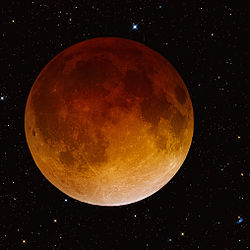
The moon is hardly noticeable tonight, with merely a slender sliver of illumination left before it disappears completely. We are just a day or so prior to the New Moon, when it aligns directly between the Earth and the Sun.
What is the moon phase today?
As of Sunday, Oct. 19, the moon phase is Waning Crescent. This evening, only 4% will be illuminated, according to NASA’s Daily Moon Observation.
Sadly, there’s nothing to observe without visual tools tonight. However, if you possess binoculars or a telescope, you can spot the Grimaldi Basin, an impact basin measuring 124 miles across.
When will the next full moon occur?
The upcoming full moon will take place on Nov. 5.
What are the different moon phases?
The Moon undergoes a continuous cycle that lasts approximately 29.5 days while it orbits Earth. These transformations occur due to the constant shifting of the positions of the Sun, Earth, and Moon in relation to one another. From Earth, the Moon may appear full, partially illuminated, or entirely dark, yet the same side perpetually faces us. What changes each night is the amount of sunlight that reaches and reflects off its surface.
The eight primary moon phases are:
New Moon – The moon is positioned between the Earth and the sun, rendering the side we observe dark (in other terms, it’s invisible to our eyes).
Waxing Crescent – A slight sliver of light becomes visible on the right side (Northern Hemisphere).
First Quarter – Half of the moon is illuminated on the right side. It resembles a half-moon.
Waxing Gibbous – More than half is lit up, but it hasn’t quite reached fullness yet.
Full Moon – The entire face of the moon is illuminated and entirely visible.
Waning Gibbous – The moon begins to lose light on the right side. (Northern Hemisphere)
Third Quarter (or Last Quarter) – Another half-moon, but this time the left side is illuminated.
Waning Crescent – A slender sliver of light persists on the left side before it turns dark again.